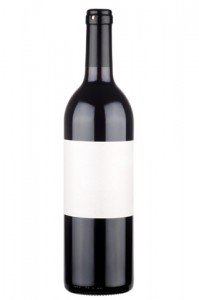 Often the intimidation many wine drinkers encounter can be linked to confusing labels. This is understandable when you consider wine labels can include confusing classifications, town names and unfamiliar producers.
Often the intimidation many wine drinkers encounter can be linked to confusing labels. This is understandable when you consider wine labels can include confusing classifications, town names and unfamiliar producers.
In the United States, wine falls under the regulation of the Alcohol and Tobacco Tax and Trade Bureau, which regulates its labeling. The bureau reviews more than 100,000 wine labels each year to ensure that consumers get adequate information. Investigators also routinely confirm that industry members are following labeling and production standards.
American wine labels tend to be easier to understand, with more direct wording on the label than European labels. And U.S. labeling is even more straightforward when you better understand what is being regulated.
On U.S. labels the word “Reserve,” unlike in other countries, does not have a specific meaning. It can refer to a winery’s favorite vineyard, the use of barrel aging or even a special bottling from the winemaker.
“Estate Bottled,” unlike “reserve,” has a specific meaning. “Estate Bottled” means 100 percent of the wine came from grapes grown on land owned by the winery. The winery must also crush, ferment, finish, age and bottle the wine on the premises.
The “Appellation of Origin” refers to the place in which the grapes used in the wine were grown. It can be a state, county or viticulture area. If it is a country, state or county, at least 75 percent of the wine must be produced from grapes grown in the place named.
An “American Viticulture Area” (AVA) is a region in the United States with features that set it apart from other growing areas. Usually soil, climate and aspect are considerations when adding AVA designations. These appellations must use 85 percent or more grapes grown in the growing area. Sonoma Valley, Napa Valley and Willamette Valley are examples of American Viticulture Areas.
Wine labels will generally list the dominant grape used in the wine. For example, chardonnay, cabernet sauvignon or merlot. If the winery uses the grape name, it means at least 75 percent of the grapes used to make the wine are from that variety, and 75 percent were grown in the appellation listed on the label. However, labels are not required to list the dominant grape, so many wineries use a more broad listing of “red,” “white” or “table” wine.
When you see “vintage” or year the wine was bottled, if the label uses a state or county as an appellation of origin (where the grapes were grown) then 85 percent of the grapes must be from that year, but when using a specific viticultural area the percentage is raised to 95 percent.